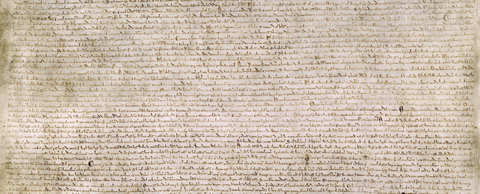
The Normans and Plantagenets
1066 is one of the most significant years in British history and once more there is a tale of invasion that changed the shape of the nation.
After the rise of Alfred the Great followed a period of 200 years of consolidating Anglo Saxon rule in England, except for a couple of periods of Danish rule. But by 1066 the Kingdom was looking very vulnerable when Edward the Confessor, King of England, was on his deathbed without an heir.
There is much argument and controversy surrounding the various claims to the throne but William, Duke of Normandy, and Harald Hardrada, King of Norway, both sought to bring the country under their control. On the death of Edward the Confessor, Harold Godwinson, a powerful earl not of Royal English blood, was made king and foreign invasion became inevitable.
Hardrada was the first to attempt an invasion in September, landing near York, but was defeated by King Harold. Only days later William landed his invasion force in the south of England, and defeated an already tired and depleted Anglo Saxon army, led by Harold, at the Battle of Hastings on 14 October 1066.
The fate of Britain was once again altered. The events leading up to the battle and of the battle itself were recorded from a Norman perspective in the Bayeux Tapestry, a 70m long embroidered cloth.
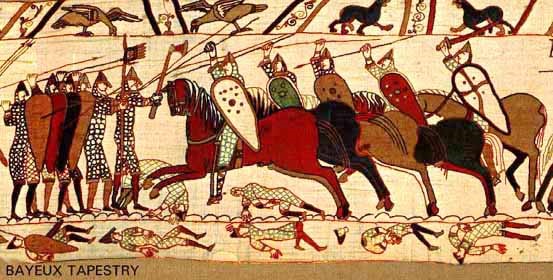
William was crowned King at Westminster Abbey on Christmas Day 1066 and immediately set about reforming the kingdom to be led by a new Norman dynasty. The ruling language and the language of court was now French with English now the language of the peasantry.
The powerful symbol of Norman castles, including the Tower of London, sprang up all over the country. These reinforced the domination of the new rulers over the people and were used to quash any rebellions and uprisings. Very few of the old Anglo-Saxon lords kept their lands as these were confiscated by William and given to his own earls and lords.
The Anglo-Saxon peasants who worked on the land now worked for their new Norman rulers. William’s social reforms imposed a system of serfdom that changed the workers from free tenant farmers to serfs with legal ties to the land. They were effectively owned by the landowners, with their rights greatly diminished.
The legendary tales of Robin Hood are set during this time, although the early ballads show that Robin the Hood was a lowly Anglo-Saxon peasant career criminal resisting the new overlords. This is different to the more modern depiction of a nobleman stealing from the rich to give to the poor.
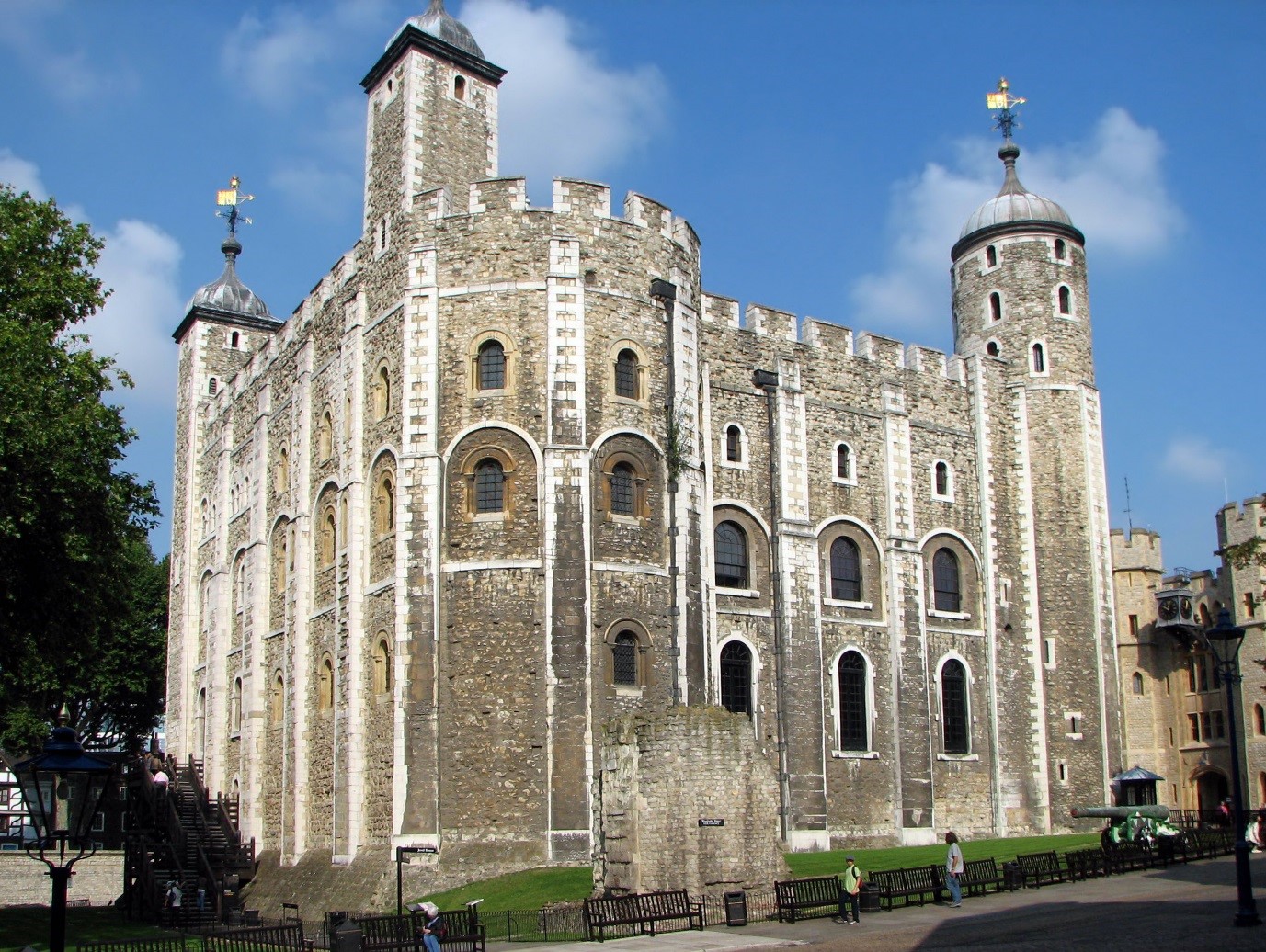
One of Williams’s most famous achievements as the new King of England was to commission the Domesday Book which was an extensive survey of all the land and resources in England in 1086.
It lists 13,418 different towns and settlements from the time and outlines the tax and military obligations of the various landowners in the country. The Domesday book is still an important source for local historians wanting to find out more information about their area.
William the Conqueror’s death was followed by several disputes for the claim to the throne of England. His son, William II, succeeded his father to the throne in 1087 and he was followed by Henry I in 1100. Regarded as a scholar and statesman Henry established the Exchequer to manage royal revenues and move towards a centralised system of state management, governed by a system rather than by one man.
Henry died without an heir in 1135 and the throne was passed to his nephew Stephen of Blois. This was a tumultuous time in England as Henry had wanted the throne to go to his daughter Matilda. There followed a period of attempted coups by Matilda and her supporters to try and take the throne by force during a period known as the anarchy.
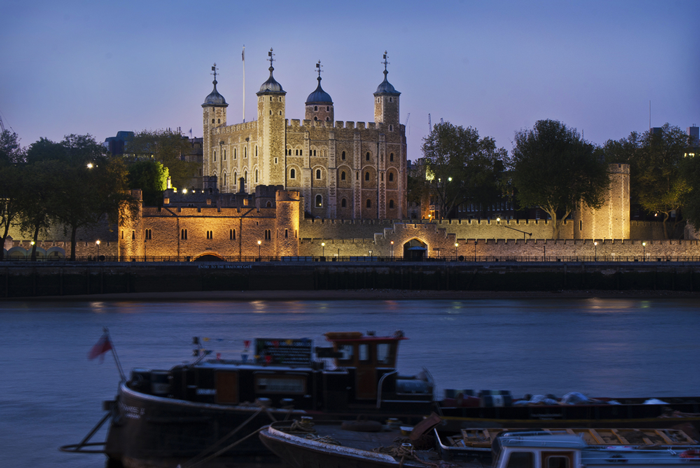
When Stephen died, the throne passed to Matilda’s son Henry Plantagenet of Anjou, who became Henry II of England in 1154. He is well known for the murder of the Archbishop of Canterbury, Thomas Beckett in 1170, and for expanding the Angevin Empire to its greatest extent to include parts of Ireland and significant possessions across the whole eastern part of France.
He also laid down the basis of our common law legal system that exists today, including trial by jury, granting of bail, and setting of a date for trial.
All of this though started to crumble under King John, Henry’s youngest son. John lost all the crown’s possessions in France, including his ancestral Norman territories.
He was also excommunicated by the pope and was hated by the powerful barons in England because of the high taxes he imposed to fund his wars. This resentment led to an uprising by the barons and they forced King John to sign a charter at a place called Runnymede in 1215 that became known as Magna Carta.
Magna Carta contained many different articles but fundamentally assured the rights of the church and barons, assured access to justice, and limited the power of the crown. Although John tried to resist signing Magna Carta, the charter was written into statute by the end of the 13th Century. Magna Carta is still considered one of the most important documents in British history and many consider the document to be the basis of individual freedom, liberty, and parliamentary democracy.
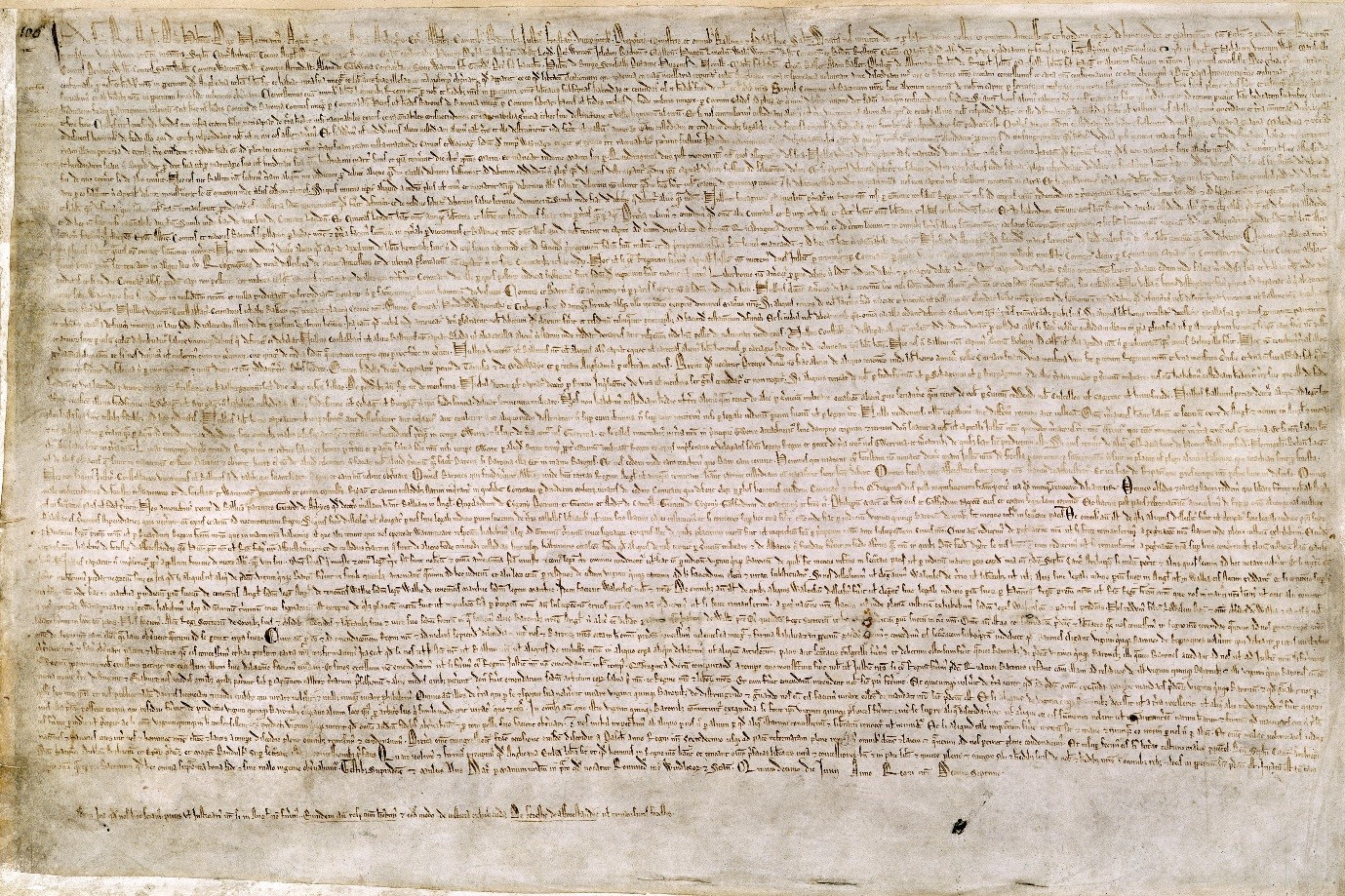
Following John’s death in 1216, England was ruled for nearly 200 years by kings from the House of Plantagenet. The period was further defined by the move of more crown authority to the nobles and the establishment of Parliament. Though originating from lands in Anjou, France, the Plantagenets after John initially had no control of lands outside England.
A sense of English independence and identity started to grow amongst the nobility in England (though they still mainly spoke French). This identity was slowly established through national conflict with the French (100 Years War), Irish, Welsh, and Scots. In 1362 Edward III was the first English king to address Parliament in English. In the same year the Pleading in English Act 1362 made English the only language in which court proceedings could be held. By the end of the 14th century English was the lingua franca (apart from that bit).

By the 15th century England had lost the 100 Years War and all of it continental territories, the Black Death had caused huge depopulation and economic decline, and the domestic situation was once again in disarray. Two different factions within the Plantagenet dynasty became established, the House of York and the House of Lancaster, and their rivalry led to an ongoing struggle to claim the throne known as the War of the Roses, which subsequently resulted in the establishment of the House of Tudor and a move into the early modern period of English history.
Images courtesy Wikipedia Commons: Creative Commons 2.0 license: Bayeux Tapestry, Tower of London, Magna Carta, Edward III

